.png)
Supplemental oxygen therapy, or simply “oxygen therapy,” is the use of medical-grade oxygen to treat a variety of conditions. In hospitals, short-term oxygen therapy is used to help patients recover from surgery or acute conditions, but oxygen can also be administered for long-term in-home use in people with chronic lung diseases like COPD and cystic fibrosis.
No matter what your reason is for using supplemental oxygen, it’s important that you’re using it correctly because it can be a fire hazard. While oxygen itself cannot burn, it is what’s called an oxidizer meaning it makes everything it comes into contact with more flammable. What’s more, improper use of oxygen can lead to oxygen toxicity or lung damage that results from inhaling too much oxygen.
{{cta('fa8abc2a-1e88-4fa3-82fd-1cb5b9ed43b2','justifycenter')}}
In the following sections, we’re going to take a look at some of the most common mistakes new oxygen users make and tell you how to avoid them. If you have any questions about using oxygen safely and effectively, be sure to address them with your doctor. And if you have questions about what you read here, leave them in the comment section and we’ll get back to you.
Choosing the Wrong Oxygen Device
Oxygen therapy has been used since the 1950s to treat conditions like pneumonia. However, as you can imagine, it has evolved over the years as researchers have learned more about how supplemental oxygen can be used safely and effectively. In the past, oxygen tanks were the only option for people suffering from respiratory conditions. But nowadays, there are many other types of oxygen devices at peoples’ disposal like liquid oxygen tanks and oxygen concentrators.
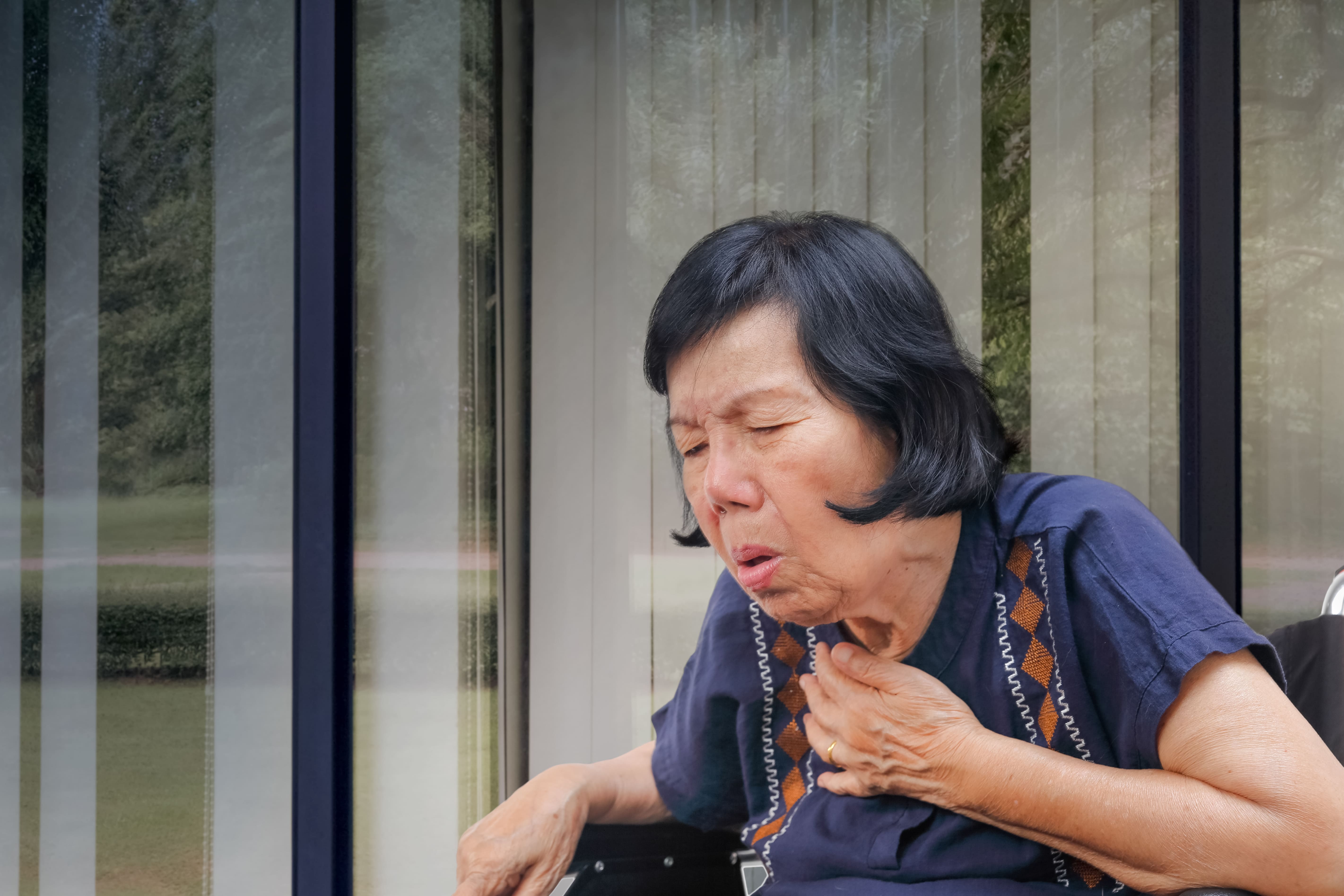
The first mistake many patients make when they’re first prescribed medical oxygen is choosing the wrong oxygen device. What happens is that many people rush into choosing something rather than taking the time to do research and figure out what options are available to them. And while oxygen tanks are certainly a popular choice for long-term oxygen therapy, they are not the only one.
Liquid oxygen, for example, is a common alternative to traditional oxygen tanks. Rather than storing oxygen in its gas form, these oxygen tanks are kept at very low temperatures in order to keep the oxygen in its liquid form. The reason for this is because oxygen expands significantly in its gaseous state meaning it takes up a lot more space. What’s more, it’s stored at much higher pressures making it more dangerous to use.

While liquid oxygen enables oxygen patients to experience more freedom, they’re not without their downsides. In order to keep oxygen in its liquid form, you need a special container. For safety reasons, these containers need to be vented so that as the heat increases, the pressure can also be released. What this means is that you will slowly lose your oxygen supply over time if you aren’t using it. According to the Lung Institute, liquid oxygen will evaporate after a week or two.
Another downside to liquid oxygen is that it’s more expensive than traditional oxygen tanks. Not only do the units themselves cost more, but they cost more to maintain and refill. As a result, Medicare and other healthcare providers may not help you pay for them like they do with compressed oxygen. Luckily, liquid oxygen and compressed oxygen are not the only supplemental oxygen options available to you.
.png)
Oxygen concentrators are a newer more advanced form of oxygen therapy. As opposed to storing oxygen like the aforementioned devices, oxygen concentrators are electronic devices that draw in ambient air and put out pure medical-grade oxygen. Home or stationary oxygen concentrators need to be plugged into the wall but portable oxygen concentrators run off of batteries, allowing you to go wherever you please.
Not Using Oxygen As It’s Prescribed
Like we mentioned earlier, oxygen is a controlled substance in the United States. Oxygen sales are regulated by the U.S. Food and Drug Administration to ensure that only respiratory patients have access to medical oxygen. But being prescribed oxygen does not mean you should use it however you please. You need to follow your doctor’s instructions for using it safely and effectively.

More often than not, people begin to fall back on their oxygen routine as time goes on. It’s not unusual to feel exhausted always being connected to your oxygen device and many people experience discomfort with the nasal cannula. If you’re falling back on your oxygen therapy plan because of irritation or dryness in your nose, please read this post to get a few tips for alleviating these issues.
If the reason you’re not using enough oxygen is because of your oxygen device, following the instructions above to get the oxygen device that’s right for you may be your best option. Unfortunately, since oxygen tanks only provide a limited amount of oxygen, people find themselves turning down their flow rate in order to have more freedom. This is a bad idea because it means your blood is not saturated with the right amount of oxygen to keep you healthy. Fortunately, portable oxygen concentrators help you to ensure that you have access to oxygen wherever you are in the world so that you don’t have to turn down your flow rate.
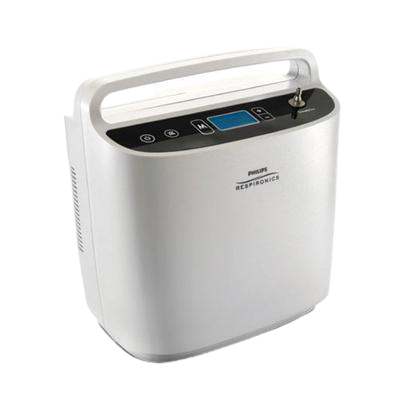
Although less common, it is possible for someone to use more oxygen than they’re prescribed. For example, if you’ve been exercising and you’re feeling out of breath, you might feel tempted to turn up the flow setting on your oxygen device. Before doing any form of exercise, you should consult with your doctor and ask him/her what an acceptable flow rate is while you’re sedentary and while you’re exercising. Also, be sure to carry a pulse oximeter with you when you exercise so that you can ensure that you stay at the correct blood saturation level.
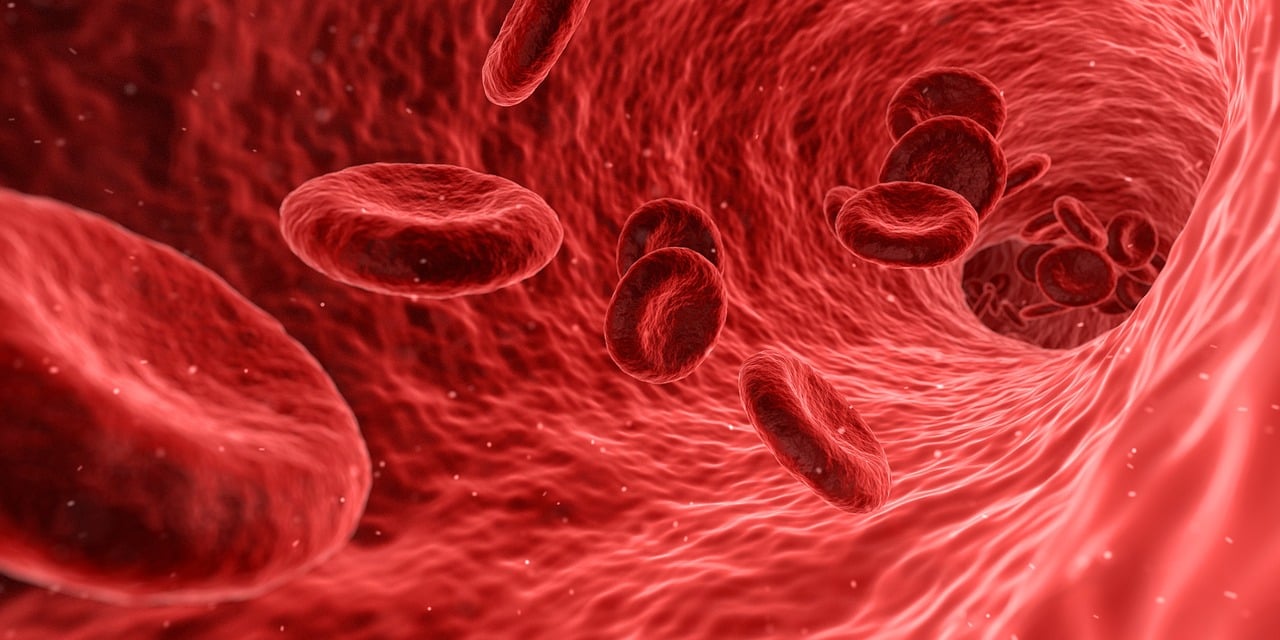
Another reason you might be using too much oxygen is if you’re unaware of the harmful effects of having too much oxygen in your system. While oxygen is vital for the healthy functioning of every organ in our bodies, having too much of it in your blood can lead to oxygen toxicity. This condition will result in coughing, difficulty breathing, and chest pain. Prolonged exposure to high partial pressures of oxygen can even result in death. Before taking the initiative to increase your oxygen flow rate if you’re feeling out of breath, be sure to consult your doctor. There could be any number of reasons that are causing a flare-up in your symptoms. For more information on preventing COPD flare-ups, check out this blog post.
Not Cleaning Your Oxygen Therapy Device
In this day and age, the saying “cleanliness is next to godliness” has taken on a whole new meaning. With the advent of the novel coronavirus, our society as a whole has been more conscious of the spread of bacteria, germs, and viruses. What many people don’t acknowledge or even realize is that COPD patients and other respiratory patients are at a higher risk of both contracting and experiencing severe symptoms from infections.
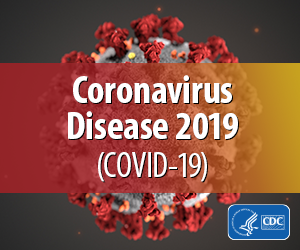
One of the added health risks that COPD patients experience is having to carry around an oxygen device that can collect bacteria. Even if you’re careful not to set your oxygen concentrator or oxygen tank down in a dirty place, it’s inevitable that it will collect germs. Aside from the concentrator or tank itself, the nasal cannula and oxygen tubing can also get dirty so you should be sure to clean them often.
COPD patients are sensitive to certain cleaning products, especially ones with bleach, ammonia, and fragrances. So, when you go to clean your oxygen concentrator, be sure to not use any products that could exacerbate your symptoms. Cleaning products marked as “safer choice” are regulated by the Environmental Protection Agency (EPA) and they don’t contain as many harmful chemicals as standard cleaning products. You can also make your own cleaning products so that you know exactly what’s in them.

Whenever you leave the house, be sure to take your cleaning product of choice with you. Clean the unit once or twice a day and make sure to get all sides including the bottom. The nasal cannula and oxygen tubing should be cleaned as well. The Lung Institute recommends washing them in 10 parts water one part vinegar and then rinsing them and leaving them to dry completely. Oxygen tubing should be replaced after several months of use.
Smoking Around An Oxygen Device
Smoking is the number one cause of chronic obstructive pulmonary disease. But did you know that many people (around 38 percent) continue to smoke even after being diagnosed? Unfortunately, being unable to kick this bad habit means you’re unlikely to make much progress on your COPD treatment plan. After all, the purpose of using oxygen is to help limit and prevent symptoms like breathlessness, chest pain, and a chronic cough. But smoking regularly will just cause these problems to resurface.

Another reason to avoid smoking is that it could damage your oxygen device. Oxygen concentrators work by taking in ambient air and removing nitrogen and other gases. If you’re smoking near your concentrator, the smoke could damage the internal components. Most concentrators have particle filters but these won’t stop smaller particles from entering the device. However, you should remove the particle filters regularly and clean them off so that they’re as effective as possible.
{{cta('b59df0c1-c4de-47a8-8e1c-0d33d4b414aa','justifycenter')}}
The third and final reason you should avoid smoking near an oxygen device is for safety reasons. While your oxygen tank or concentrator won’t explode or catch fire like many people believe, they are still a fire hazard. According to the National Fire Protection Association (NFPA), 5 percent of all home fires between the years of 2012 and 2016 were caused by smoking materials. That’s around 19,000 fires each year that could be prevented if cigarettes were not a concern.

Fires that are exposed to medical oxygen will burn faster and be harder to put out. Since supplemental oxygen is a medical necessity, cigarette smoking is really the only variable in this scenario. We wrote a whole guide on smoking cessation so be sure to check it out if you’re struggling to drop the habit.
Not Enjoying Your Newfound Freedom
Last but not least, you need to be able to enjoy the newfound freedom that your oxygen device has afforded you. This means getting out of the house, exercising, exploring, and visiting friends and family. Far too many COPD patients believe that being prescribed supplemental oxygen means giving up all of the things that you love to do, but this couldn’t be farther from the truth.

While you can live a sedentary lifestyle if you choose, the main purpose of oxygen therapy is to help you get back on your feet and moving again. Portable oxygen concentrators like the Caire FreeStyle Comfort and Inogen One G5 have pushed the boundaries of what’s possible for oxygen patients because they weigh under 5 pounds and they supply enough oxygen for the vast majority of COPD patients.
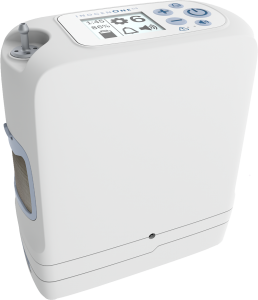
Another major advantage of portable oxygen concentrators is their lithium-ion batteries. These batteries are extremely durable and long-lasting meaning you can stay out and about for longer than ever before. The FreeStyle Comfort allows you to run your oxygen device for up to 16 hours without recharging and the G5 allows you to run your oxygen device for up to 13 hours without recharging.
Conclusion
All things considered, it can be somewhat overwhelming being prescribed supplemental oxygen therapy. You need to understand exactly what your prescription entails and you need to find an oxygen device that will meet your needs. While this will certainly take some trial and error, however, you can always rely on experts such as your doctor or pulmonologist if you need help.
If you’re interested in learning more about using a portable oxygen concentrator for supplemental oxygen therapy, you need to ensure that you receive a device that is capable of meeting your medical needs as well as your personal preferences. Rather than taking hours out of your day to research every device on the market, reach out to our oxygen specialists here at LPT Medical. We take the time to understand what your needs are and then we apply our knowledge of oxygen concentrators to align you with the perfect device for your needs.
We offer a wide range of products from stationary oxygen concentrators to pulse dose portable oxygen concentrators and all the oxygen accessories you need to make the most of them. If you have any questions at all or you’re ready to pick out an oxygen machine, you can reach us by phone or email.


 So we can find the best portable oxygen concentrator for your needs!
So we can find the best portable oxygen concentrator for your needs!







